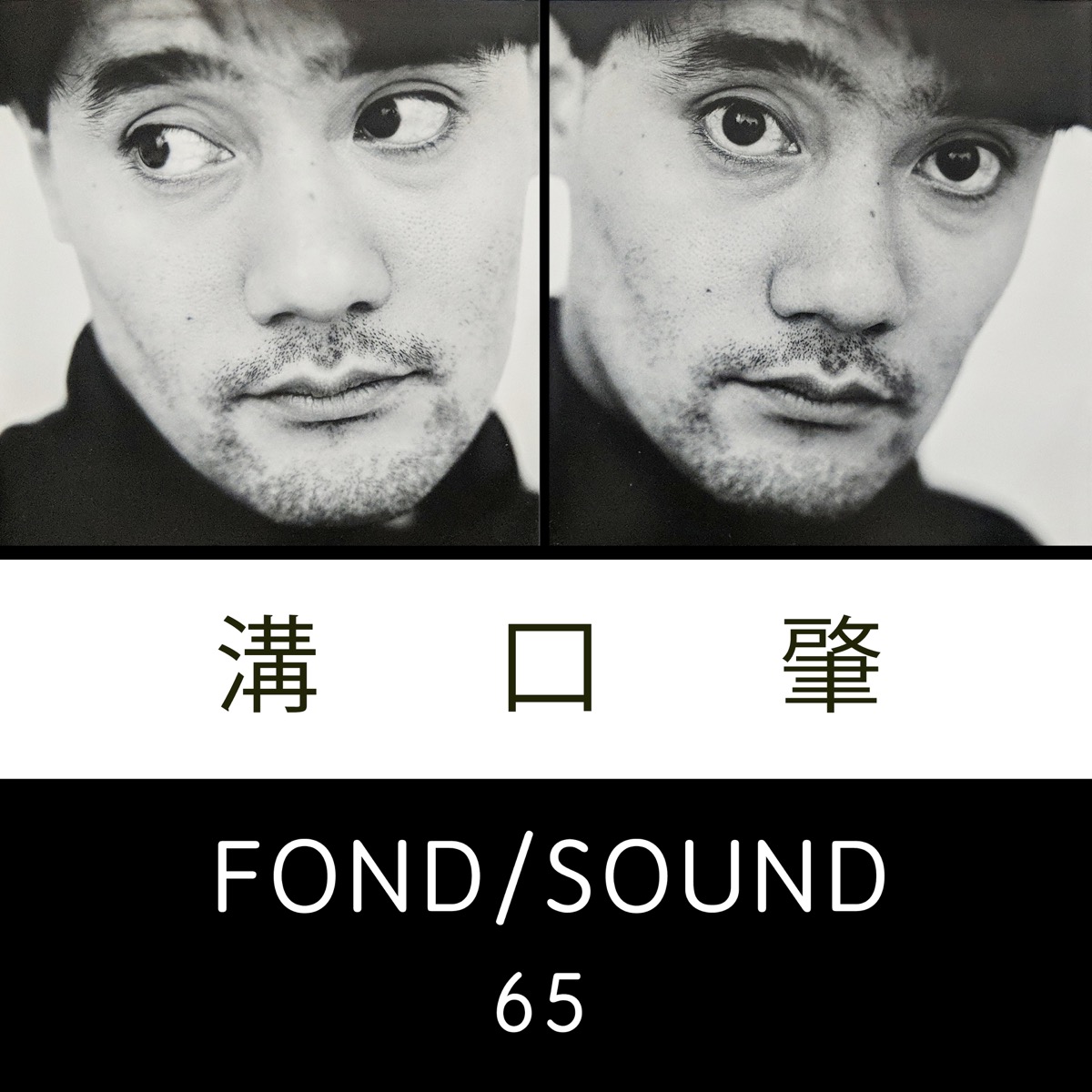
I’ve always had a belief: it’s that you can really tell a lot about a person by what they listen to, how they create, or what inspires them to create. As I read interviews with today’s focus, Hajime Mizoguchi, I sense that his music speaks volume of the person he is. Elegant, graceful, yet uniquely himself and unorthodox, it’s Hajime Mizoguchi’s music which captures the essence of his origin story and how music (and place) speaks to him. It’s why I chose to highlight him for my latest LYL Radio Digging Deep mix.
Hajime Mizoguchi’s entry into the world of music began in 1963 at the age of 3 years old. Dancing along to a televised piano performance from Herbert von Karajan, Hajime’s mother realized her son needed an outlet for his energy. Spending on a small luxury, a piano was gifted to him and the rest, as they say, was history. In due time, Hajime surprised everyone by proving himself to be a child prodigy at the piano.

Yet, at the age of 10, Hajime aspired for something different. Growing restless and tired of the piano, Hajime discovered that there were other instruments he wanted to play. His mother always wanted Hajime to grow up to become a professional musician but all these other instruments – the violin, flute, etc. – at his age, appeared already too late to “properly” educate him in. One instrument wasn’t too late to pick up, though: cello.
Hajime’s journey to the cello came from a different televised performance. Tuning in to watch a performance of Pau Casals at the United Nations, “El Cant del Ocells” came streaming in bringing to his heart a flood of emotions. It was right then that he knew the cello had to be his instrument of choice.
As Hajime grew into adulthood, Hajime understood that his own influences were unrooted. While studying cello at the Tokyo University of the Arts he’d also perform with various rock groups as a keyboardist. Although he admired and practiced classically, Hajime learned as much from the improvisatory “play” of pop and rock music. The music of John Coltrane, Tom Jobim, Pink Floyd, Nelson Riddle, Debussy and Brahms, all of these were just bits of inspiration forming his creativity. Yet, these were not the largest part of his creative experience.
In the beginning, Hajime’s professional music career gravitated to what was expected of him (or at least expected of him to pay his bills). Orchestral, classical work dominated his earliest session work. It wasn’t until life collided with him, literally, that his own music took a dramatic turn.
At the age of 23, Hajime was involved in a car accident. Suffering from whiplash, Hajime struggled to quiet his mind and experienced months of sleepless nights. What did provide him some relief, was making music that gently guided him to slumber. It was then that music changed from being mere notes on sheet music and became music that was tied to imagery, color, and dreams.
1986’s Halfinch Dessert would be the product of Hajime’s first exploration of the subconscious and unconscious. Compositions were not started on cello but on sampler, as Hajime tried to use real and imagined sounds to conjure up dream worlds he’d later add cello to speak through. All the travels he’d done around the world – in Europe, the Middle East, and America – came coursing through his musical palette. He understood that this genreless music wasn’t quite jazz, ambient, classical, contemporary, or pop, yet he felt it could be of some help to others as well. His music was for a liminal space, it was (most importantly) beautiful, it was traveler’s music…and out it went.
It’s Hajime’s “traveler’s music” that I feel merits another rediscovery of. Whether touching on the past or forging for a future, somehow, its Hajime’s instrument of choice that becomes a guiding voice, everpresent, ever there tying ideas unmoored by age, that still sound remarkably prescient today. Here’s to something, I hope, you can hear the influence of below…
Hajime Mizoguchi – 溝口肇 (Special)
Tracklist:
Hajime Mizoguchi (溝口肇) – Panorama
Hajime Mizoguchi (溝口肇) – The Observatory On Sunday
Hajime Mizoguchi (溝口肇) – Lapped Rabbit
Hajime Mizoguchi (溝口肇) – Silver Moon Morning
Gontiti (ゴンチチ) – ガロア
Hajime Mizoguchi (溝口肇) – Gift From “La Mer”
Hajime Mizoguchi (溝口肇) – Laughing…South Bound Island
Miyuki Kosaka (香坂みゆき) – Here’s The Rainy Day
Hajime Mizoguchi (溝口肇) – Silk Bath
Hajime Mizoguchi (溝口肇) – Rain Tree
Hajime Mizoguchi (溝口肇) – Water Dance
Yuriko Nakamura (中村由利子) – モンスーン (Monsoon)
Hajime Mizoguchi (溝口肇) – Under The Parasol, Under “La Soleil”
